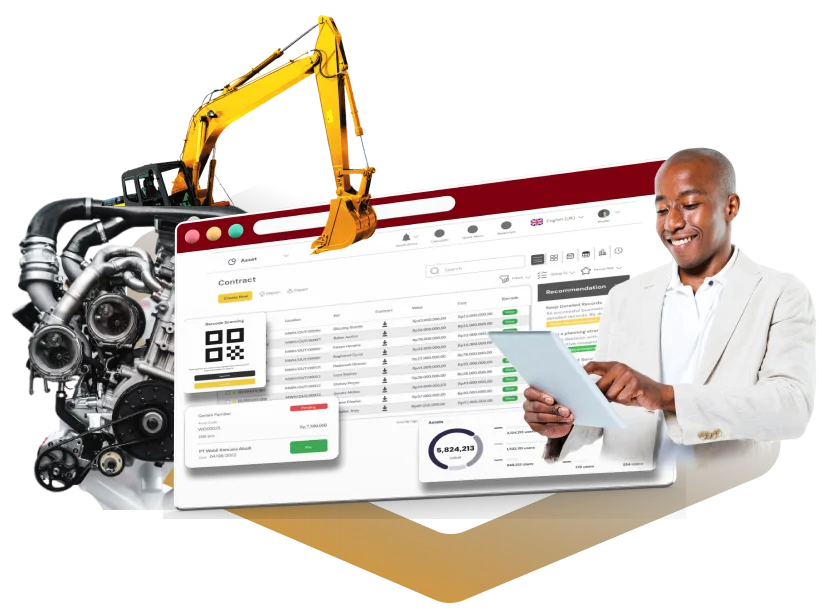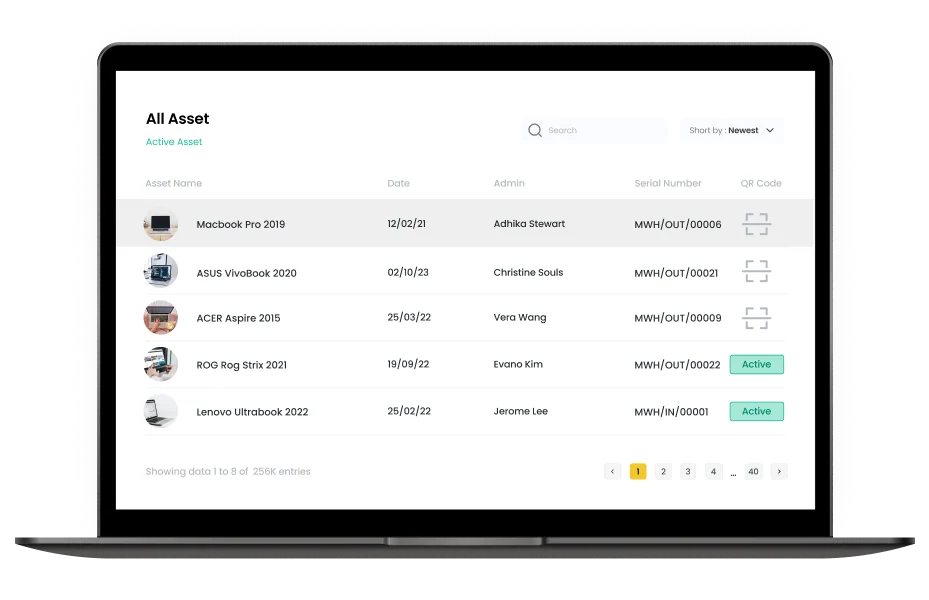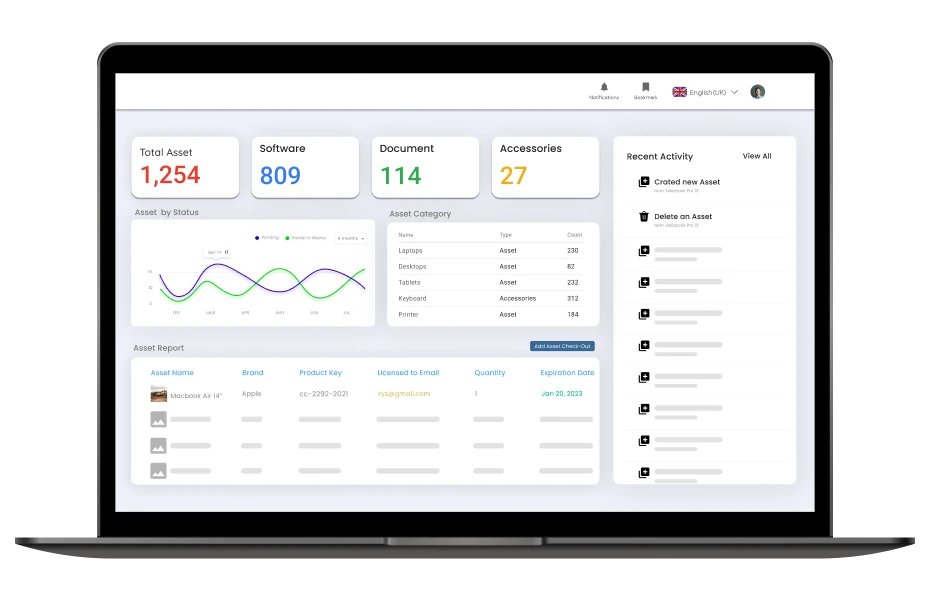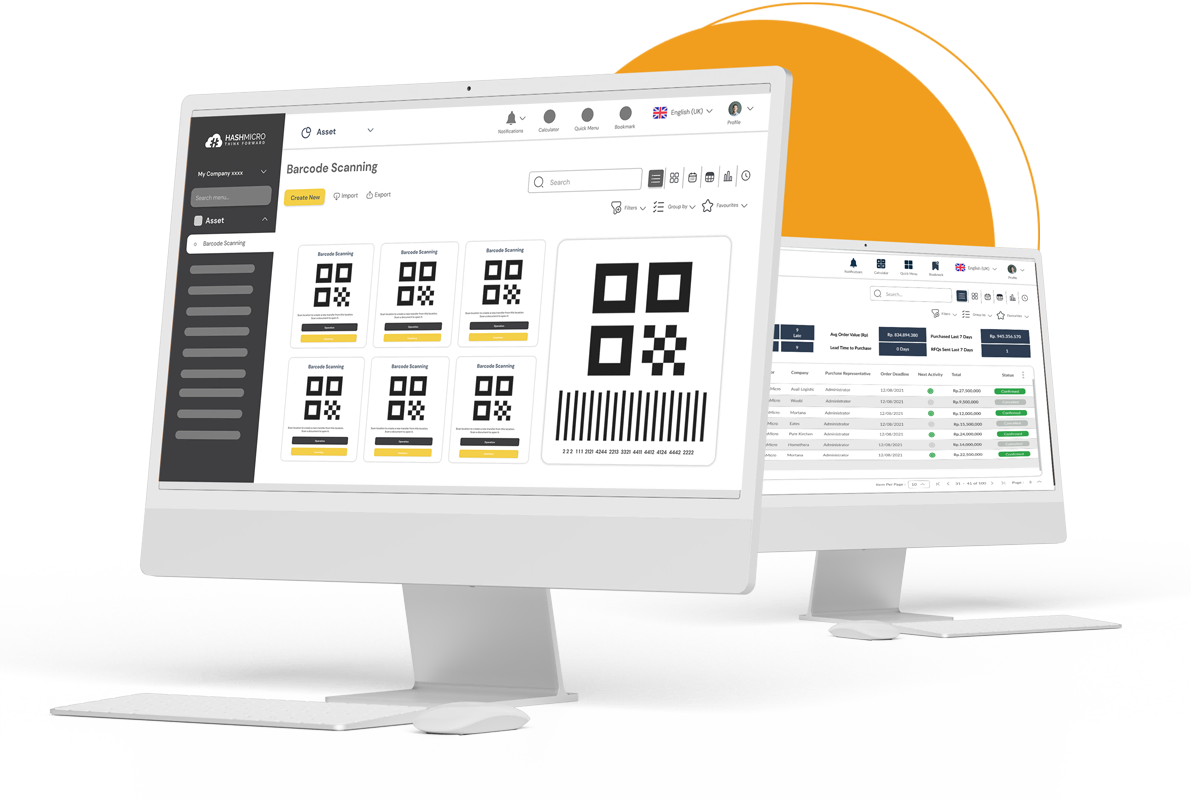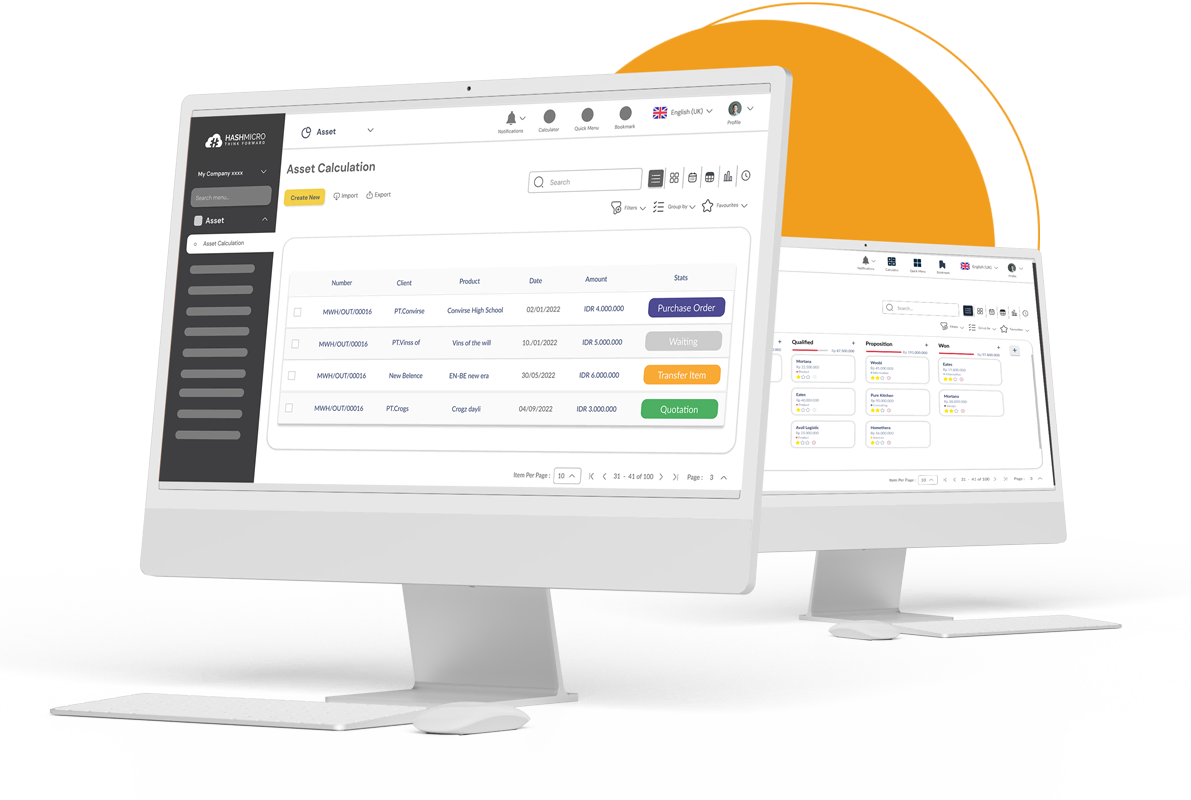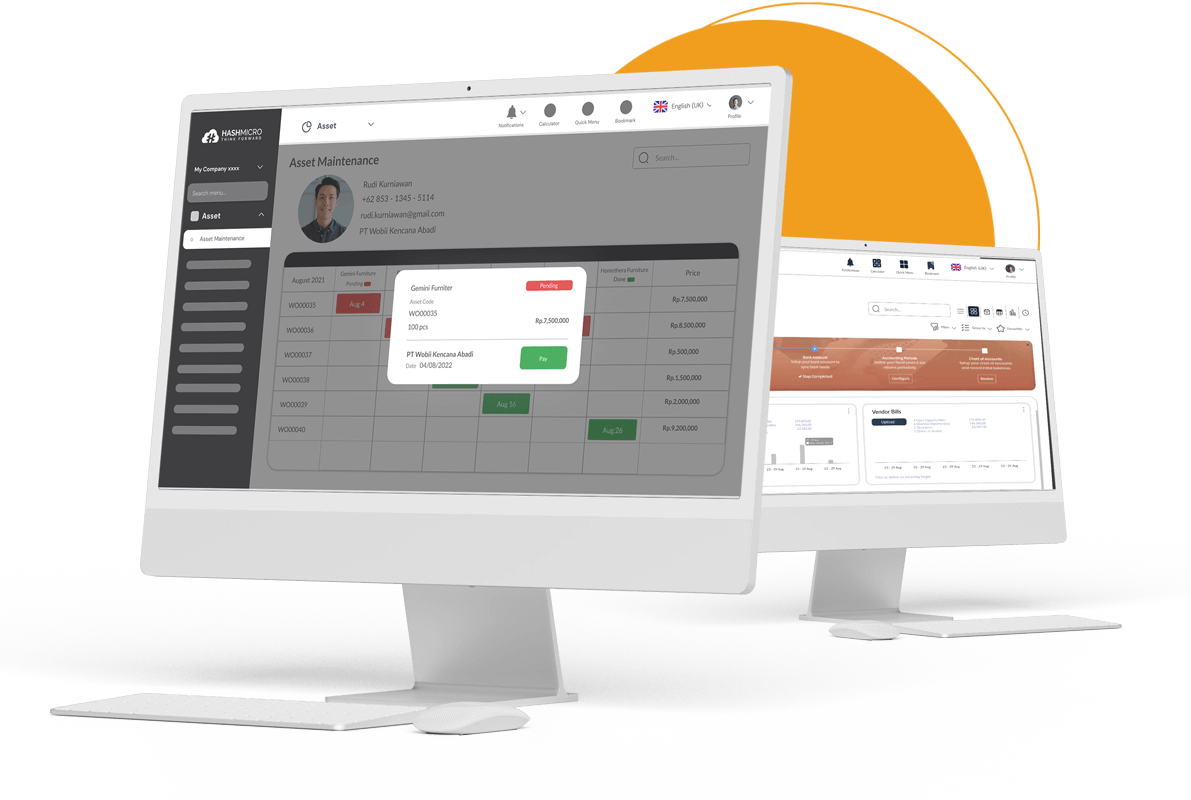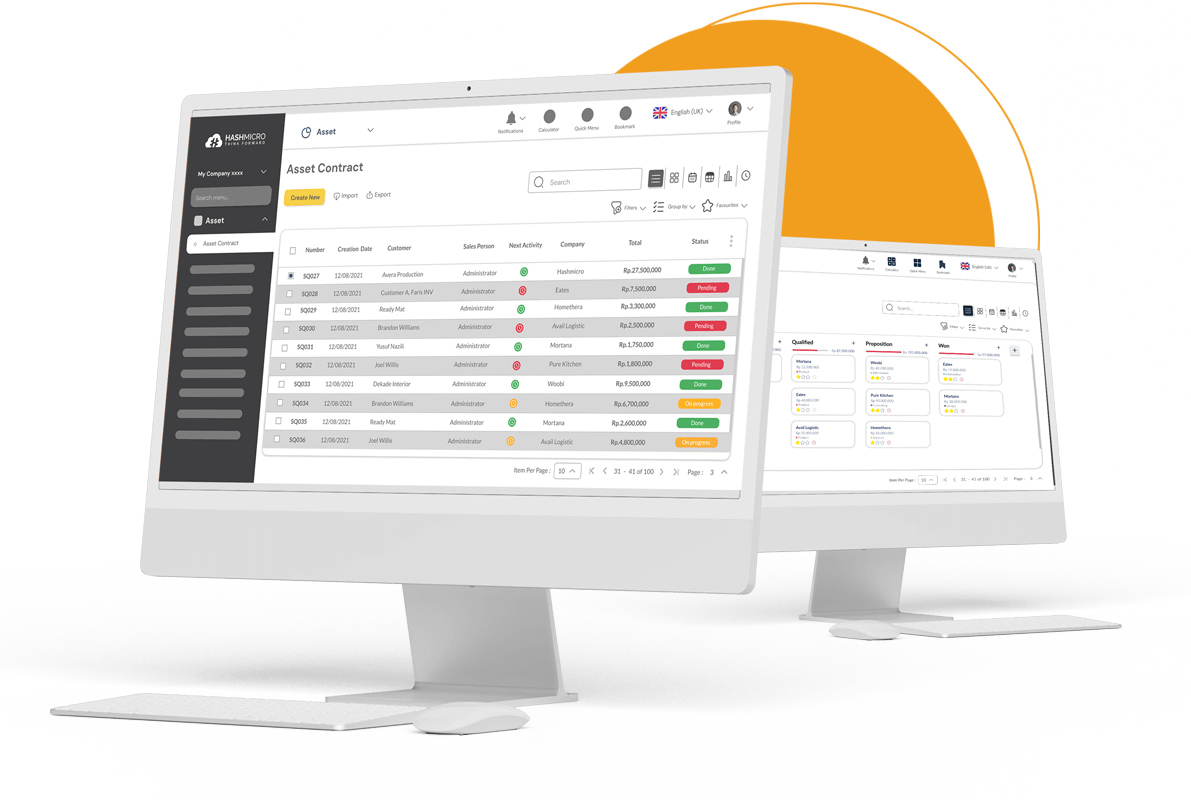Asset management software comes in various types, each tailored to different asset management needs. Understanding these types can help you choose the right solution for your organization.
Enterprise Asset Management (EAM) Software is designed for large organizations with complex asset portfolios. It manages the entire lifecycle of physical assets, including maintenance, repair, and operations (MRO). EAM systems typically integrate with other enterprise solutions like ERP to provide a holistic view of asset performance and optimize resource allocation.
IT Asset Management (ITAM) Software specializes in tracking and managing IT assets such as hardware, software, and network components. It helps organizations monitor software licenses, track hardware usage, and ensure compliance with IT policies. ITAM is critical for companies with significant technological investments and complex IT environments.
Fixed asset management software focuses on physical assets like buildings, machinery, and equipment. It tracks these assets' location, condition, and depreciation, helping businesses maintain accurate financial records and optimize asset usage. This type of software is particularly valuable for industries with heavy investments in physical infrastructure.
Digital Asset Management (DAM) software is designed to manage digital assets such as images, videos, documents, and other multimedia files. DAM systems provide a centralized repository for storing, organizing, and distributing digital content, making it easier for businesses to manage their digital resources efficiently. This type of software is crucial for companies that produce or rely heavily on digital content, such as media companies, marketing agencies, and e-commerce businesses.
Real Estate asset management software is tailored for managing real estate portfolios, including commercial properties, residential buildings, and land. It helps property managers and investors track property performance, manage leases, and handle maintenance activities. This software often includes features for financial management, such as tracking rental income, expenses, and property valuations, making it essential for real estate firms and large property management companies.
Cloud-Based asset management software is hosted on the internet and accessed via web browsers, providing flexibility and scalability. It is ideal for businesses needing remote access to asset data or wanting to avoid the upfront costs associated with on-premise systems. Cloud solutions often offer seamless integration with other cloud services and regular updates, making them a popular choice for modern businesses.

